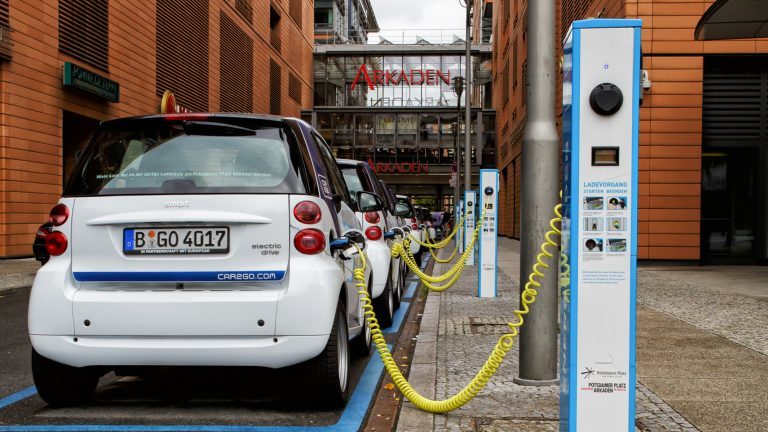Currently, only 1.8 percent of people in the U.S. have electric vehicles, with cost being a major factor, as well as the availability of charging ports. However, the study states the initial cost of electric vehicles should be on par with gasoline vehicles in approximately five years.
According to the University of California, Berkeley study's estimates, this will be driven by a drop in the cost of batteries and advancements in efficiency. In relation to the availability and cost of charging ports, it found that "the plummeting cost of wind and solar power have enabled a rapid and cost-effective expansion of a clean electricity grid, a cost-effective pathway" to expanding and establishing a public network of said stations.
"The upfront price of electric vehicles is coming down rapidly, which is very exciting. Because of battery technology improvements, most models now have a range of 250 miles, higher than the daily driving distance of most people, and now come with pretty astonishing fast-charging capabilities," said Amol Phadke, co-author of the report and a senior scientist at University of California, Berkeley.
The subsequent electrification of all new vehicles by 2035 would save consumers $2.7 trillion by 2050 and produce over 2 million jobs in 2035.
Electrification would also have major environmental and health impacts. By reducing air pollution, it would equate to $1.3 trillion in savings from environmental and health costs and prevent 150,000 premature deaths.
"In order to meet any sort of carbon goals, the transport sector needs to be electrified," said Phadke.
Comment: Except that the production of said cars does neither of those things and perhaps makes it worse.
President Biden has already honed in on electric vehicles as part of his infrastructure package, allocating $174 billion to lead the electric vehicle market and transition to it as the primary use of transportation in order to reach his target of net zero emissions by 2050. His administration plans to create 500,000 new electric charging ports across the U.S. over the next decade to aid in the shift to clean energy and work toward this goal.
"The role of government policy is crucial, firstly with incentives to buy electric vehicles until there is price parity and then to rapidly ramp up fast-charging infrastructure," said Phadke. "If the US government set a date for the end of gasoline cars, it would give a very clear signal to the market. If it does nothing, the transition will still take place but not quick enough to deal with climate change. It's not going to be easy, but it's achievable."




Comment: See also: